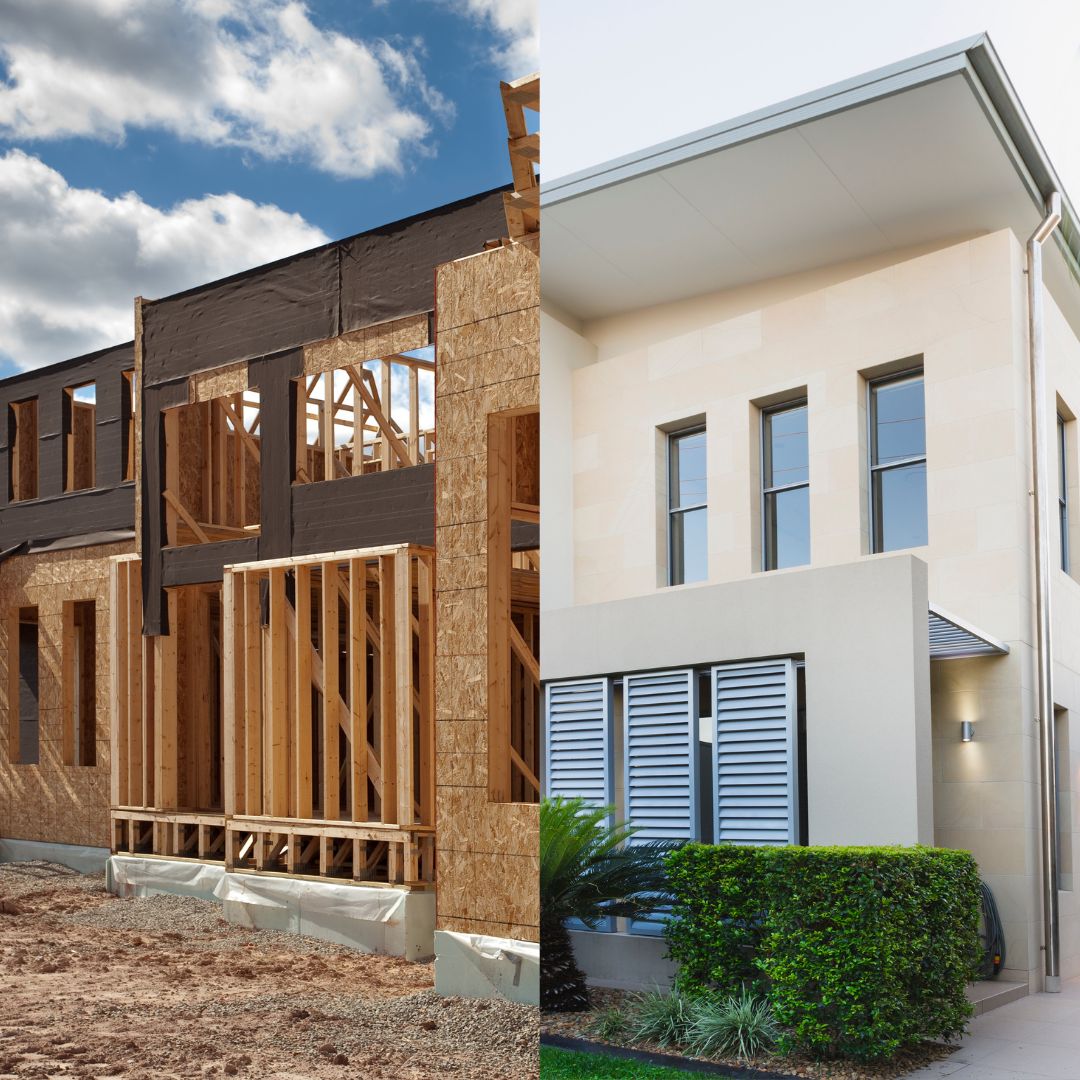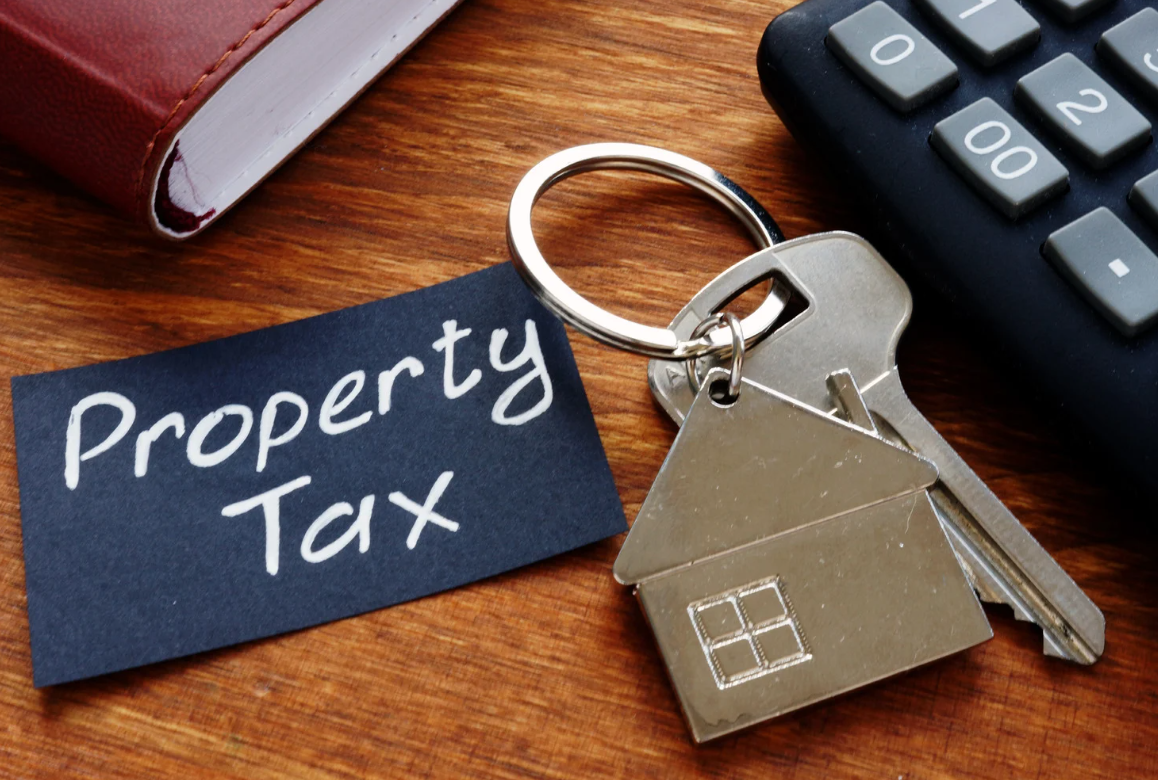New Build vs Established Property: Which is Better for Australian Investors?
Wondering whether a new build or established property is better for building wealth? Compare growth, cash flow, tax benefits, and rental demand to invest smarter.
Wondering whether a new build or established property is better for building wealth? Compare growth, cash flow, tax benefits, and rental demand to invest smarter.



When you’re deciding between a brand new home and an established property, the real question is not which looks nicer on paper, but which one helps you build wealth faster and sustainably.
There’s plenty of online advice that pushes new builds as the “smart” choice because of lower maintenance and tax deductions. In reality, many of these opinions come from people who don’t invest day in and day out.
At Search Property, we’ve helped hundreds of investors build portfolios using both strategies. The truth? Each option has clear pros and cons, but understanding how they affect your returns, cash flow, and long-term growth is what sets successful investors apart.
Let’s break down the differences so you can make a confident, data-backed decision.
Most investors start by comparing the cost of working with a buyer's agent versus taking advice from brokers, accountants, or property marketers who promote “no-fee” new builds.
While the buyer's agent model charges a fee (often between $10,000 and $20,000), that fee pays for expertise, data, and negotiation power that protects your capital.
By contrast, when you get “free” advice from a broker or accountant recommending a brand new property, they’re likely being paid by the developer or project marketer. That property might be worth $450,000, but it’s sold to you for $500,000 to cover hidden commissions.
So, day one, you’re already $50,000 behind before the property has even settled.
That’s why the old saying applies: you get what you pay for.

Brand new properties often offer strong initial appeal such as modern finishes, builder warranties, and full depreciation benefits. However, they tend to lag in capital growth because they’re built in areas with oversupply and limited scarcity.
Established properties, on the other hand, are typically in blue-chip or tightly held suburbs with proven demand. These homes often outperform new builds because land value is what drives long-term growth, not shiny fixtures.
For example:
That extra 3% equals around $15,000 in added equity every year, compounding over time.
When you buy a house and land package, you typically purchase the land first and wait 12 to 24 months for construction. During that period:
This means your borrowing capacity remains lower until the property is built.
Compare that to buying an established property: within the same 12 months, you could have earned rent, generated equity, and potentially refinanced to buy a second investment.
In other words, while your new build is still a patch of dirt, your established property could already be growing your portfolio.

Yes, new builds offer greater tax depreciation because fixtures and fittings are brand new. But remember, tax deductions don’t build wealth, capital growth does.
Banks also don’t count tax savings as income when assessing your borrowing capacity. So while a new property may seem attractive on paper, it can slow down your ability to leverage equity and scale your portfolio.
Buying purely for tax reasons is one of the most common traps new investors fall into. Your focus should always be on growth, not tax refunds.
It’s true that older homes may need more upkeep, but maintenance costs are part of owning a real, appreciating asset. Even new homes eventually require repairs and upgrades.
The key advantage of an established property is that you can create your own equity. Strategic renovations or cosmetic upgrades can boost value and rent returns, something you can’t do with a brand new build that’s already at its peak price.
Established homes in well-located suburbs often attract long-term tenants due to proximity to schools, jobs, and transport. New builds in fringe estates may have to compete with multiple similar listings, leading to lower rent and longer vacancy periods.
Strong tenant demand drives stable rental income, which in turn supports better cash flow and serviceability.
Let’s put this into perspective:
That’s the difference between chasing shiny marketing promises and buying based on fundamentals.
Both new and established properties have their place, but for most investors aiming to build long-term wealth, established properties deliver stronger results through faster equity growth, better locations, and more flexibility to manufacture value.
Working with a trusted buyers agent like Search Property gives you access to research, negotiation expertise, and off-market deals that protect your capital and position you for compounding returns.
